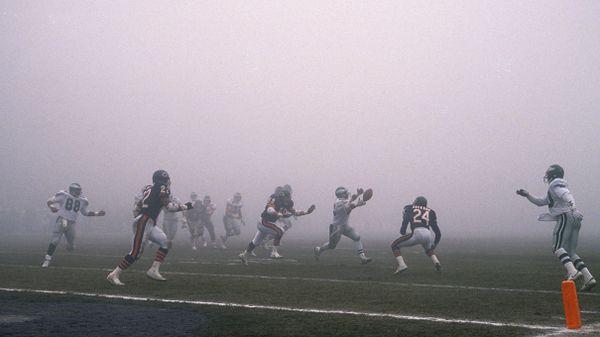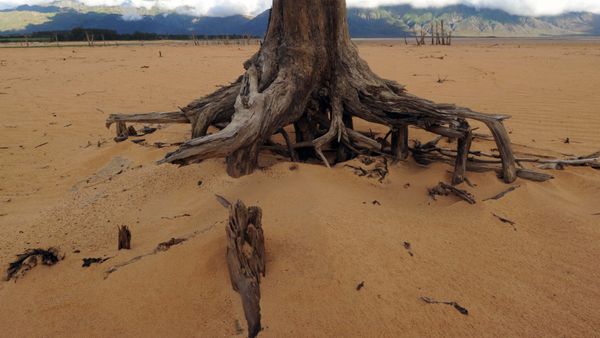
总体而言,南部非洲的纳米布沙漠看不见降雨很多。为了保持生命,那里的一些物种依靠不同的水分来获得水分。在纳米布(Namib)中,雾是比较普遍;普遍上than rain. Some of it gets blown over on Atlantic winds; some of it辐射up from the ground. Altogether, there are usually between60 and 200 foggy days每年在沙漠中。
纳米布草stipagrostis sabulicolaexploits those foggy days. Airborne water droplets get caught on its leaves and tiny vertical grooves then重定向液体一直扎根。纳米布(Namib)中的小黑昆虫做类似的事情。在凉爽的早晨,纳米布甲虫(stenocara gracilipes)使用他们的forewings to collect fog液滴并将其引导到他们的嘴里。
广告
这是一个巧妙的水合技巧。那么人类可以收获雾吗?你敢打赌。实际上,世界各地的人们正在这样做。





